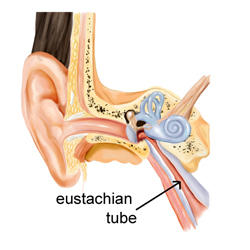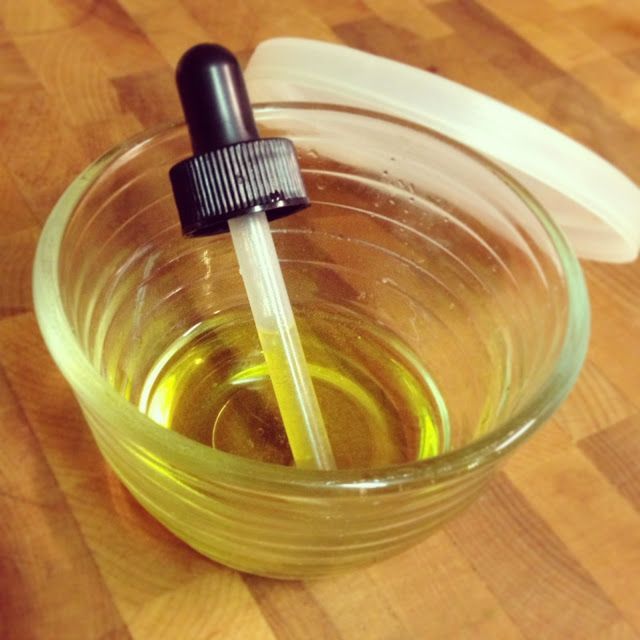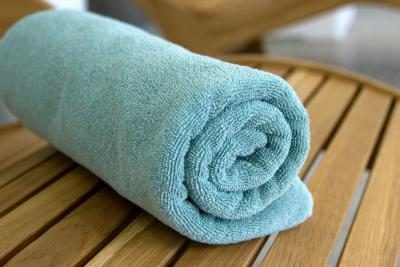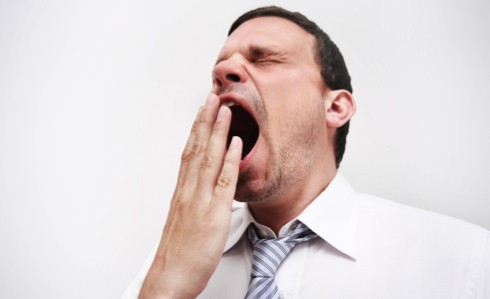A blocked Eustachian tube is a temporary condition that may lead to dulled hearing. The condition usually happens during and after a cold, lasting for a week or so. Often there is no need to take medication. Occasionally, you can try antihistamines, decongestants or a steroid nasal spray to ease the symptoms. This article will explain the causes of the condition as well as some recommended remedies to relieve the symptoms.

Causes of Blocked Eustachian Tube
The condition may be due to inflammation, swelling and mucus from an upper respiratory infection or allergy, causing the build-up of fluids in the middle ear (acute otitis media). A viral or bacterial infection of this fluid usually produces the symptoms.
1. Colds or Infections
The most common cause of the condition is cold. Infections in the ear are more common in children, partly, since their Eustachian tubes are narrower and more horizontal, making them further difficult to drain and more likely to get blocked.
2. Allergies
Allergies that affect the nose, such as hay fever, can cause extra mucus and inflammation inside and around the tube, leading to blocked Eustachian tube.
3. Glue Ear
Glue ear is a condition where the middle ear blocked up with glue-like fluid. When the middle ear becomes congested and the air can't flow freely into the middle ear, the difference in air pressure on the sides of the eardrum occurs. The eardrum becomes tight, decreasing its capability to vibrate, causing dulled hearing. The situation worsens by the glue-like fluid, limiting the vibrations of the drum further.
Symptoms of Blocked Eustachian Tube
You would mainly experience dulled hearing. Other symptoms include pain in the ear due to stretched and tensed eardrum. You may also develop dizziness, ringing in the ear, discharge from the affected ears, loss of balance, itching and the feeling of fullness in the ear. Fortunately, in many cases, it may not be related to your actual hearing ability.
The duration of the symptoms can range from a couple of hours to a few weeks or more. Depending on the cause, the symptoms are likely to disappear within a week or so. While your condition is improving, you may have noises in the ear. In addition, the dulled hearing may reoccur for a short time.
When to See a Doctor
If symptoms continue or the cause of the Eustachian tube is not clear, you may visit an ENT for assessment. The specialist will find the source of your hearing problem and give you advice on treatment.
Home Remedies for Blocked Eustachian Tube
1. Valsalva Maneuver
 Close your mouth and pinch your nose shut. Attempt a forceful exhalation against the closed airway as if you're blowing a balloon. This will lead to opening up of the blocked Eustachian tube after hearing of pop noise in the ear.
Close your mouth and pinch your nose shut. Attempt a forceful exhalation against the closed airway as if you're blowing a balloon. This will lead to opening up of the blocked Eustachian tube after hearing of pop noise in the ear.
2. Olive Oil
 It is used for wax accumulation in the ear. Use few drops of slightly warm olive oil into the affected ear by a dropper while holding your head sideway. Repeat it for a few times and remove the soften wax by ear cleaner.
It is used for wax accumulation in the ear. Use few drops of slightly warm olive oil into the affected ear by a dropper while holding your head sideway. Repeat it for a few times and remove the soften wax by ear cleaner.
3. Alcohol and Apple Cider Vinegar
 Mix one part of apple cider vinegar with an equal amount of water or alcohol. Soak an ear cotton ball in the solution. Put the cotton ball in your ear and leave it for about five minutes. Remove it and lie down on your opposite side so the liquid drain from the ear. Dry your ear as much as possible by using a hair dryer.
Mix one part of apple cider vinegar with an equal amount of water or alcohol. Soak an ear cotton ball in the solution. Put the cotton ball in your ear and leave it for about five minutes. Remove it and lie down on your opposite side so the liquid drain from the ear. Dry your ear as much as possible by using a hair dryer.
4. Warm Compress
 Try a warm compress against the ear to reduce swelling and pain. Soak a clean cloth in warm water. Put it on the painful area to reduce inflammation. You can also try a heat pad, but don't leave it on your ear for too long.
Try a warm compress against the ear to reduce swelling and pain. Soak a clean cloth in warm water. Put it on the painful area to reduce inflammation. You can also try a heat pad, but don't leave it on your ear for too long.
5. Hydrogen Peroxide
 Another way is using cooled boiled water with an equal amount of hydrogen peroxide. Fill the ear syringe with prepared solution and insert it into your ear while lying on the side. After 30 seconds, turn to the other side and let the hydrogen peroxide pour out of your ear.
Another way is using cooled boiled water with an equal amount of hydrogen peroxide. Fill the ear syringe with prepared solution and insert it into your ear while lying on the side. After 30 seconds, turn to the other side and let the hydrogen peroxide pour out of your ear.
6. Other Remedies
 If you swallow, yawn or chew gum, air would flow in and out of the Eustachian tube. Theses are generally good things to try if you feel ear pain when you are in a plane and descending to land.
If you swallow, yawn or chew gum, air would flow in and out of the Eustachian tube. Theses are generally good things to try if you feel ear pain when you are in a plane and descending to land.
Medical Treatments for Blocked Eustachian Tube
1. Manage Your Pain
Over the counter painkillers can help reduce pain felt due to blocked ears. Children with persistent ear infections may benefit from anesthetic ear drops to relieve pain.
2. Take Antihistamine Tablets
If you have an allergy such as hay fever, Antihistamines will help to ease congestion and inflammation. But you must avoid taking this medicine if you have ear infection.
3. Use Decongestant Sprays or Drops
Since ears and nose are connected, unclog your nose can help you ease your blocked Eustachian tube. If your blockage is caused by a cold, a nasal decongestant may be advised by your doctor. In cases of persistent inflammation, a steroid nasal spray may be recommended. You will not have an immediate relief of symptoms because it needs several days for a steroid spray to reach its full effect.
4. Take Antibiotics
For the ear blockage due to infection, a course of antibiotics may be prescribed by your doctor. But your doctor usually only prescribe you antibiotics when you have a fever of 102 °F or higher. While taking antibiotics, follow the instructions of your doctor and finish the full course even if your symptoms have already been relieved.
5. Surgery
If your problem is really severe, your doctor may recommend you a surgical treatment to allow free flow of the air come into your middle ear. A small incision will be made in your eardrum during the surgery so that fluid can be drained and pressure can be released.
